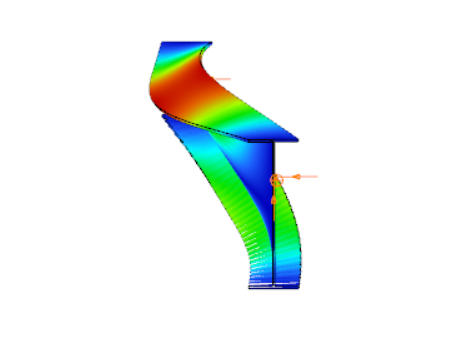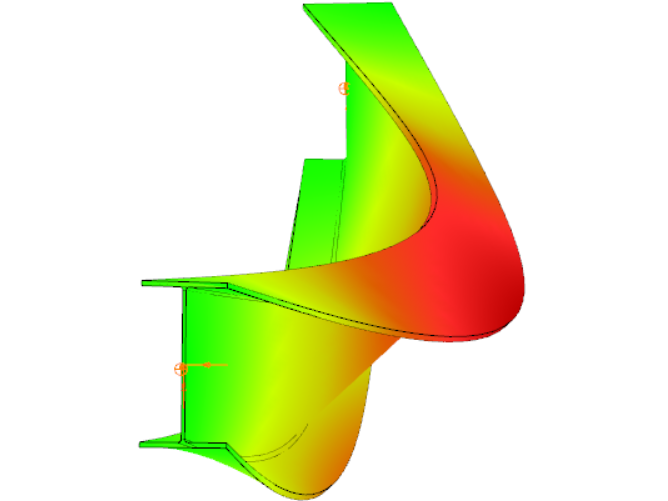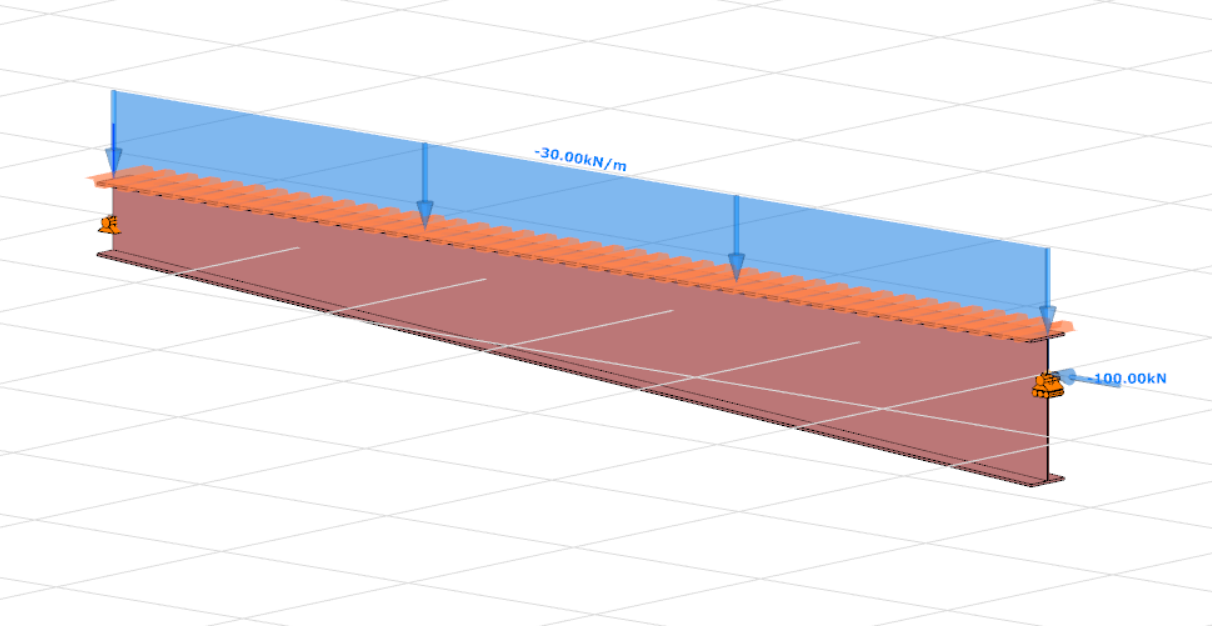Have you ever heard about the ‘General Method’? Consteel recommends to use the General Method from EN 1993-1-1 for the evaluation of out-of-plane strength of members and sturctures. Free model examples and information are available in the Knowledge Base.
What is a ‘General Method’?
General Method is an alternative design method to consider the interaction of axial compression with major-axis bending for general buckling situations, where the main interaction formulas are not applicable.
This basically includes every member with monosymmetric or asymmetric cross-sections or with cross-sections not uniform along the length (welded tapered sections) or laterally stabilized by sheeting or anything else without providing full fork supports.
The General Method is fully supported by Consteel and provides an automated buckling verification possibility. Of course, for the use of the General Method in a general case the traditional 12DOF beam finite elements are not applicable. If you are interested, take a look at the example.

Our software recommends to use this method from EN 1993-1-1 for the evaluation of out-of-plane strength of members and sturctures.

When linear buckling eigenform affine imperfections are used, Consteel can scale automatically the selected eigenmodes to perform a Eurocode compatible design, and you can even combine several imperfections. In addition, the scaled imperfection based 2nd order approach is available.
To see what else the Consteel software can do, check out the features.





